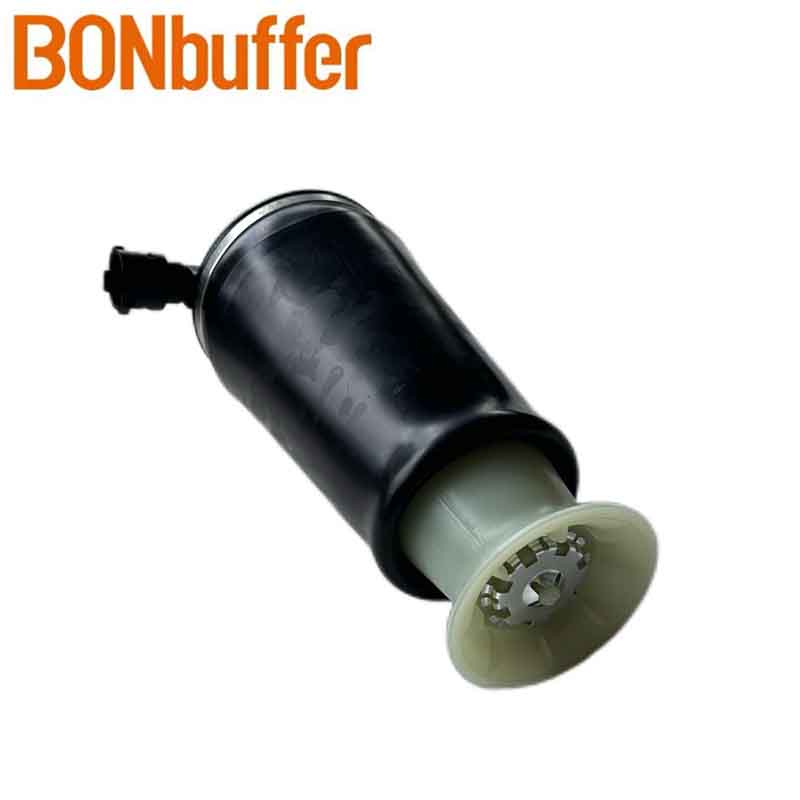- English
- Español
- Português
- русский
- Français
- 日本語
- Deutsch
- tiếng Việt
- Italiano
- Nederlands
- ภาษาไทย
- Polski
- 한국어
- Svenska
- magyar
- Malay
- বাংলা ভাষার
- Dansk
- Suomi
- हिन्दी
- Pilipino
- Türkçe
- Gaeilge
- العربية
- Indonesia
- Norsk
- تمل
- český
- ελληνικά
- український
- Javanese
- فارسی
- தமிழ்
- తెలుగు
- नेपाली
- Burmese
- български
- ລາວ
- Latine
- Қазақша
- Euskal
- Azərbaycan
- Slovenský jazyk
- Македонски
- Lietuvos
- Eesti Keel
- Română
- Slovenski
- मराठी
- Srpski језик
Precautions for the Installation and Use of Air Springs
2024-11-23

1. Operating Air Pressure
To prevent premature damage to the air spring caused by excessively low or high pressure, it is essential that the operating pressure remains within a specified range. For air springs sealed with a hoop ring, the general inflation pressure should not be less than 0.07 MPa; for those utilizing flange clamping or self-sealing under pressure, the inflation pressure must be no less than 0.1 MPa. Typically, the design pressure of an air spring is one-third of its burst pressure; in optimal working environments, this design pressure can reach up to half of its burst capacity.
2. Operational Travel Limits
The permissible travel limits for each type of air spring are detailed in their respective performance parameter tables. To ensure longevity, it is critical that users do not exceed these allowable travel limits during operation.
3. Installation Requirements
During installation, it is imperative to align the upper cover plate and lower cover plate (or base) along a common centerline while minimizing any misalignment or tilt of the air spring's centerline. Additionally, sufficient installation space must be ensured so that no friction occurs between the air spring and surrounding components; interference with other parts during operation must also be avoided to prevent impacts from hard objects.
4. Usage Conditions
When in use, rubber air springs should ideally remain dry, cool, and well-ventilated; exposure to direct sunlight should be avoided at all costs as well as contact with acids, alkalis, oils, and other organic lubricants while maintaining distance from heat sources.
5. Replacement Guidelines
When replacing an air spring, it is crucial to adhere strictly to model specifications for replacement units. If an identical model cannot be sourced readily available on-site then only replacements exhibiting equivalent performance characteristics should be utilized.


